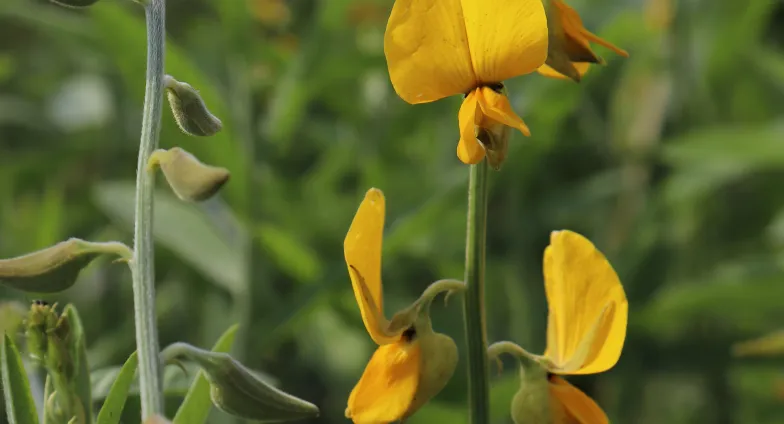Cover Crop Consideration
When selecting a cover crop for the fall between cash cropping seasons for a winter ground cover, a few considerations must be made. The first thing to know is your goal for this cover crop. Are you looking to cover the ground in the fall, for growth in the spring, or specific rooting structures to work towards other goals? Once you determine your goal, the next step is what the previous crop is and what the next crop will be. This helps select crops that will not provide a bridge for insects or diseases. Next, how and when will you seed the cover crop? This will affect establishment and seeding rates along with the outcome of biomass. Soil texture and soil moisture can affect establishment and growth, so predictions and current weather conditions combined will help determine the feasibility of getting a good stand of cover crops and survival (different species have different ideal conditions). Also, herbicide carryover can cause issues. In having the first few steps worked through cover crop selection is next.
Variety selection is key for many reasons as they have different characteristics. Some overwinter well, and others will winter kill if not a cold-tolerant variety. Cover crop mixes are available on the market, but if you are getting a custom blend, know what percent of each plant type there is and if it is by seed count or seed weight for the percentages. As cover crops vary greatly in seed size, going by seed weight to create your cover crop mixture can lead to unbalanced coverage. An example of 50% by weight on a larger seed like Austrian winter pea or sunn hemp compared to the other half by weight in the mix being turnips. The large seed will have much lower total seed in the mix. This potentially leads to not having the desired seeding rate and coverage of the area. In knowing what you want for each for coverage using seed count per foot (or acre) to do the calculation, that way you achieve your ideal coverage of each species you want in your 3, 4, or more way mixture to reach the coverage of each species. In cover crop seed selection, the cost of seed is often considered when looking at a sustainable practice, and having the cover crop species planted also achieves program needs if working with cost-sharing programs. Working through this list of items to consider may seem like a lot upfront, but it will pay in the long run for success. Reach out with questions and assistance with working through the cover crop selection.
Published in the NDSU Crop & Pest Report August 8, 2024
Extension Soil Health Specialist
